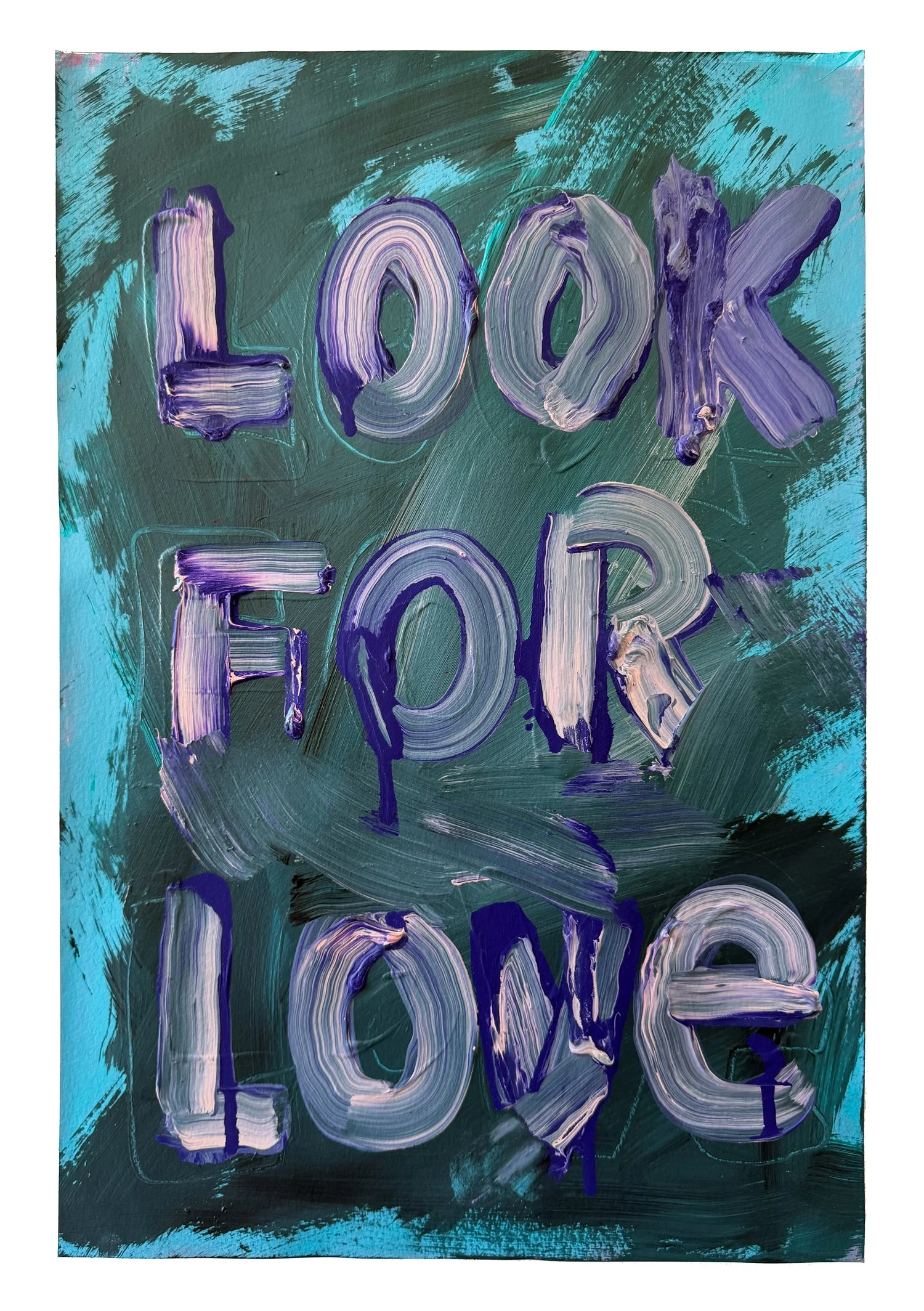On Slowing Down and Speeding Up
As my practice evolves, I notice myself slowing down. This applies to many aspects of how I approach my work– the amount of time I spend looking, sketching, writing, contemplating, and in the actual painting process itself. The work has become more layered than ever, which means it takes longer than ever. I trust myself to follow the work, and I'm confident that where it has taken me feels right (if there is such a thing as right or wrong here). I'm proud to have achieved a level of visual satisfaction and resolution that I've been trying to capture for a long time. That being said, I've grappled with not being able to produce as many paintings as I used to.
I'm not sure exactly where that feeling comes from or what to call it. Part of it is a worthiness thing– this notion that I must create a certain amount of work to justify calling myself an artist. There's this fear that people will stop caring about what I do if I stay silent for too long. There's also a desire to find more time for my art, and frustration that I can't get to it as much as I'd like. I definitely dream of living a life more centered around art-making.
Reframing the problem
I don't like to spend too much time focusing on the things I don't have. I'm aware that we all want more time to do the things we're passionate about. Instead, I try to identify my thoughts and feelings, understand where they're coming from, and make a plan to channel them into something that feels good– to make meaningful changes within the constraints I have to work with. For me, this simply meant making more art.
I knew I couldn't accomplish this within my regular painting practice unless I drastically scaled down the work. I had to do something else—something that felt separate enough to allow me to work through new ideas quickly, but that also directly informed my painting practice.
How Might We Speed Up?
I started by thinking about some of the work I was making in my sketchbook. There were text-based paintings and drawings I was curious to explore on a larger scale. I made about 50 larger-scale paintings on paper using paint, colored pencils, markers, and charcoal. I started most of them by pouring paint onto the surface and pushing it around with pieces of plastic or with my hands. When I didn't know what to do next, I'd just pour more paint onto a new surface and move it around with an even weirder tool. I loved the curiosity, freedom, and play. I could see how each exploration related to my other work– another dimension was revealed and new possibilities unfolded.
Permission to work in multiple registers
These paintings offer so much to me. The biggest part was self-soothing—being able to move my body and hands, visualizing ideas at a pace that felt faster and more exciting, yet very much part of my regular, slower, repetitive art-making practice.
Though these studies inform the work I call "the work," I do think they stand on their own. They started as a response to frustration but became a reminder that my practice doesn't have to move at one speed. There's room for both the slow, layered work and these quick, instinctive gestures. They inform each other. For now, I'm holding both practices– the slow and the fast– without needing them to merge or compete. I'm curious to see where this parallel path leads, and how it might continue to illuminate the work I've been making all along.
A small selection of these paintings is shown below.








